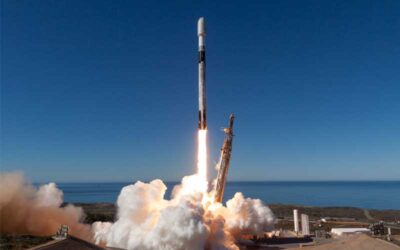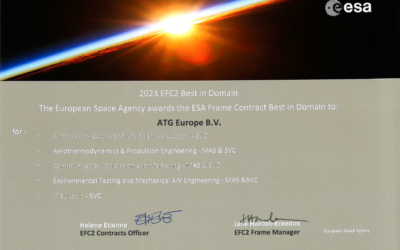SpaceX continues to inspire us in reaching new heights with Starship SN10 latest fiery test flight
This time, the storm came after the calm. SpaceX’s Starship SN10 aspired to be successful from start to finish as it lifted off at 6:14 p.m Eastern time on Wednesday from its launch site, and coasted to its top altitude of 10km. After an impressive landing maneuver and what seemed to be a success, an explosion brought the day to an end.
(Almost) a huge step in the production of next-generation spacecrafts, that Elon Musk dreams of sending to Mars. The day kicked off well when three hours earlier, liftoff was aborted with just a fraction of a second left in the countdown. The engines had already ignited but were then shut off when the computer on board the Starship detected too much thrust from one of the engines. The engineers decided that the problem was not significant, adjusted the software, refueled the rocket and tried again.
The full-scale prototype then soared more than 10 kilometers after lifting off from the southern tip of Texas. Descendeding horizontally over the Gulf of Mexico. An impressive and inspiring feat of innovation.
The bullet-shaped rocketship remained intact this time at touchdown, prompting commentator to declare, “third time’s a charm as the saying goes” before SpaceX ended its webcast of the test. The last two prototypes, SN8 and SN9 reached a similarly high altitude in December and February, but slammed into the ground at Boca Chica, Texas, and exploded.
As the smoke cleared, SN10 was still standing, but tilted by a few degrees – the test was considered a success. While earlier flights to this altitude had ended in fiery crashes, this time the rocket landed in one piece. But the landing legs appeared to fail, leaving the rocket standing but leaning. A few minutes later, after SpaceX began its recovery operations of the vehicle as an explosion sent the rocket on an unplanned second hop. This time fatal.
A leak in a propellant tank may have caused the explosion.
However, the key point of yesterday’s test flight was to gather the data on controlling the vehicle while re-entering, and felt they were successful in doing so. An argument used against the many who are skeptical about Mr. Musk’s assertion that the company is just a few years from sending a Starship to Mars.
Two spectacular flights, two spectacular crash landings, with a spectacular ambition. The third time was (almost) the charm.

Image Credit: SpaceX


